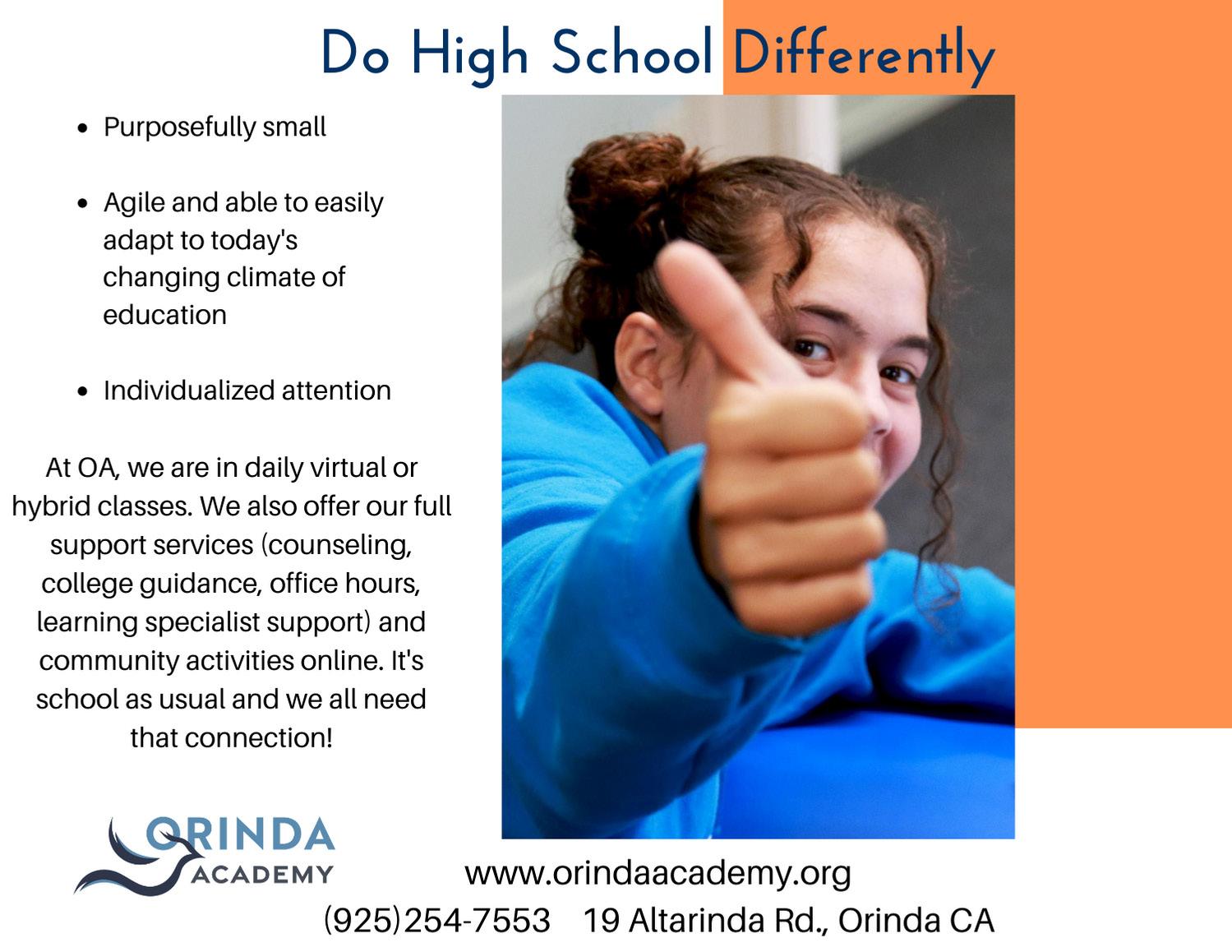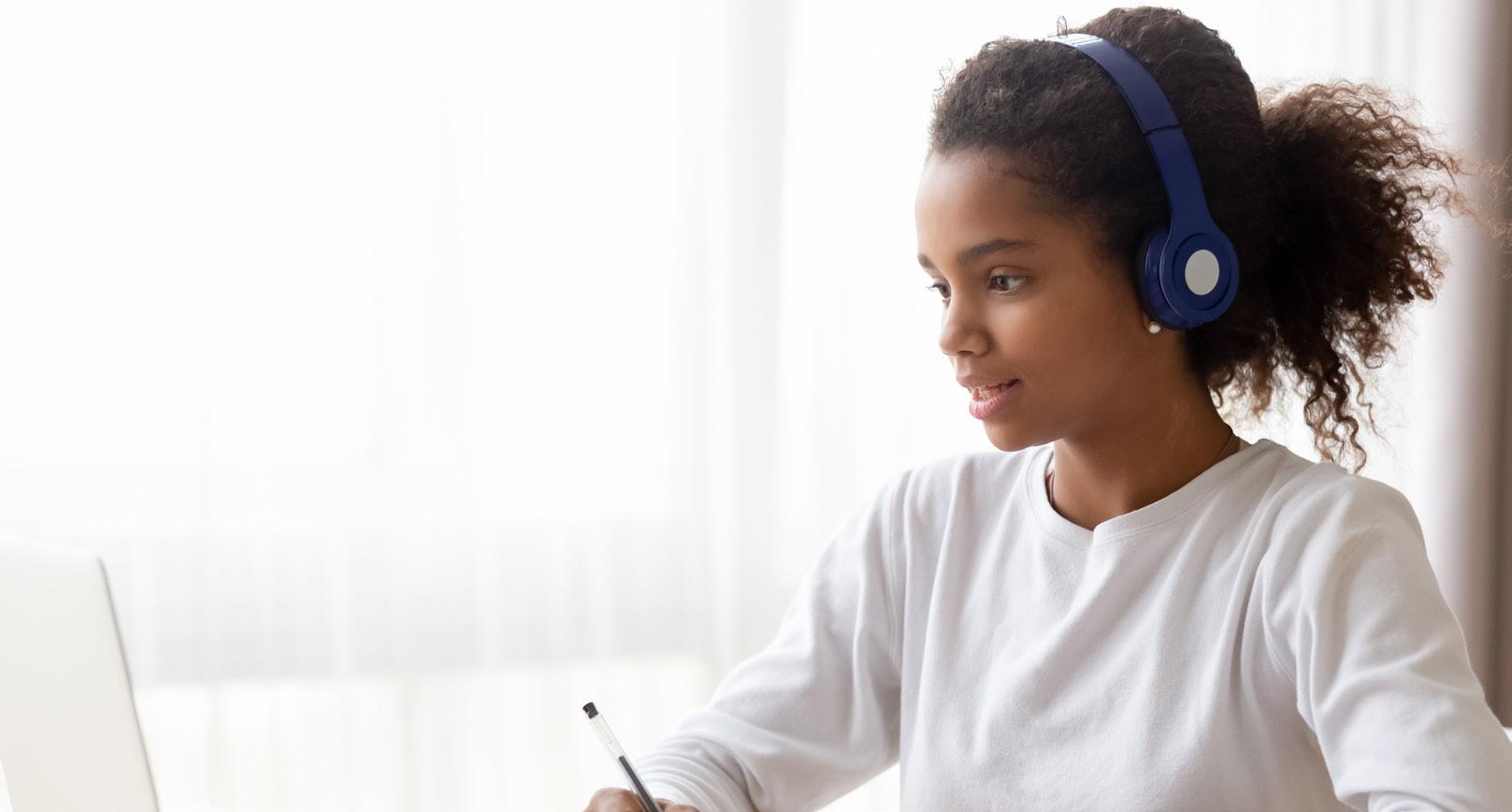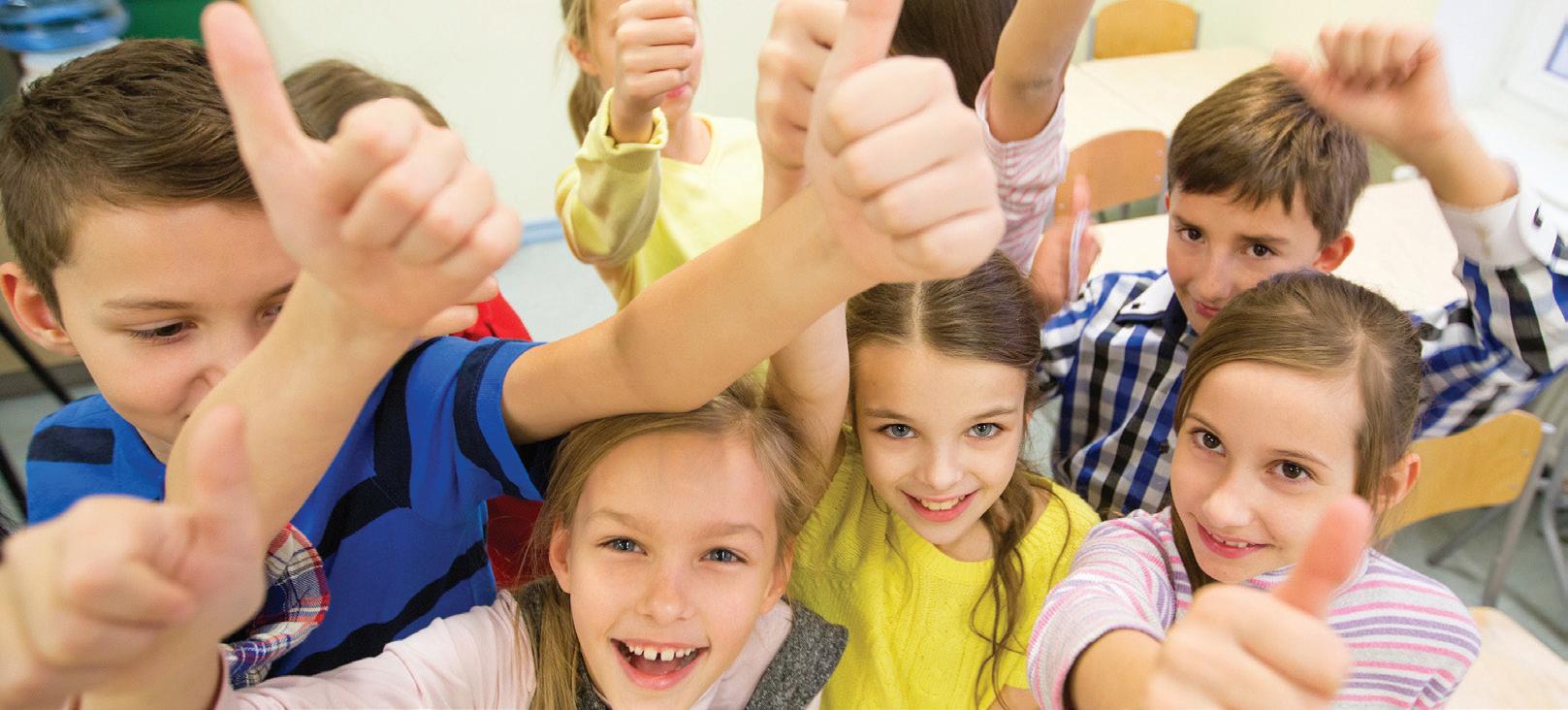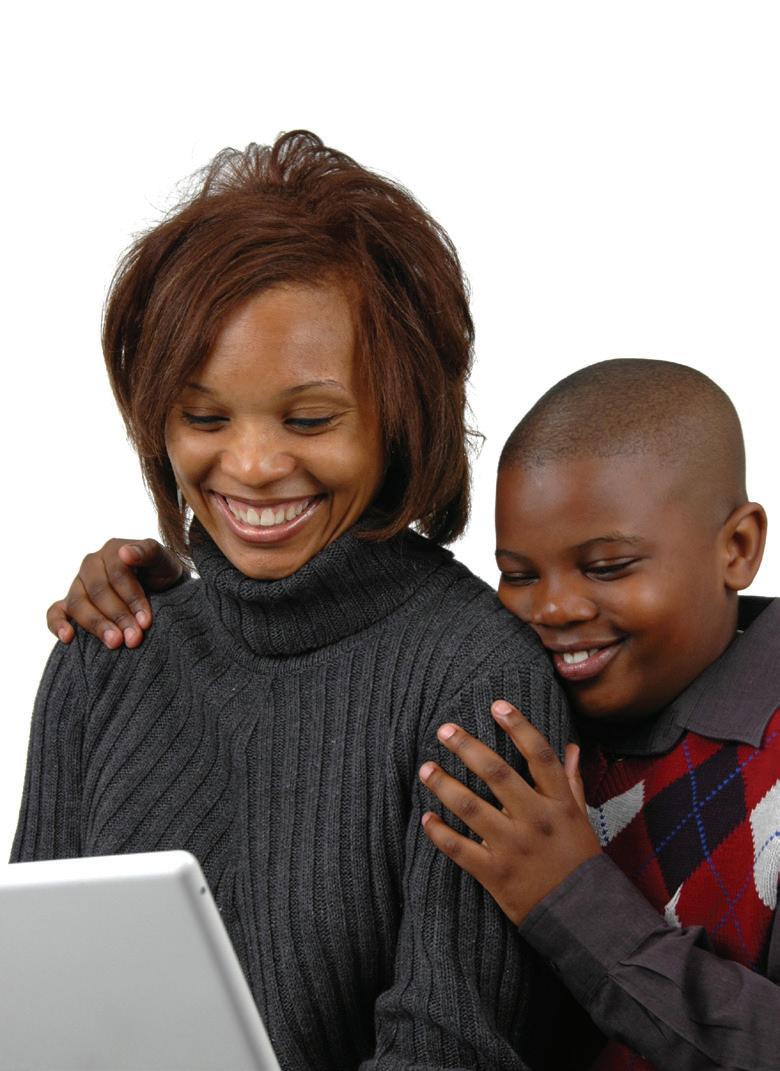Why Consider Private School?
M
any parents feel that their children will thrive better in what they believe is a smaller, safer environment with more room for personal attention. And while public schools must follow a curriculum heavily influenced by state standards, private schools have more freedom to customize lessons to students’ individual ways of learning. Private schools can also point to low studentteacher ratios, freedom from state standards and testing, and lots of extras like music, foreign languages, and art that are underfunded or nonexistent in public schools. Rest assured, promise school experts, there is a school out there to suit every child. There are two primary sorts of private schools— independent schools and parochial schools. Independent schools are defined as nonprofit private schools with their own governing board of trustees. While most people commonly refer to independent schools as private, lumping them in with parochial
6
Parents’ Press | Guide to Private Schools
Private schools can also point to low student-teacher ratios, freedom from state standards and testing, and lots of extras like music, foreign languages, and art that are underfunded or nonexistent in public schools. and for profit schools, they are distinct because they are nonprofit and self-governing. Parochial schools, where tuition is typically one-third that of independent schools, offer traditional instruction and have solid reputations. Families who are “in-parish,” that is, who live within the schools’ official parish boundaries or volunteer and participate regularly in the parish, get first priority. Otherwise the application procedures are similar to independent schools. >>>
www.ParentsPress.com









